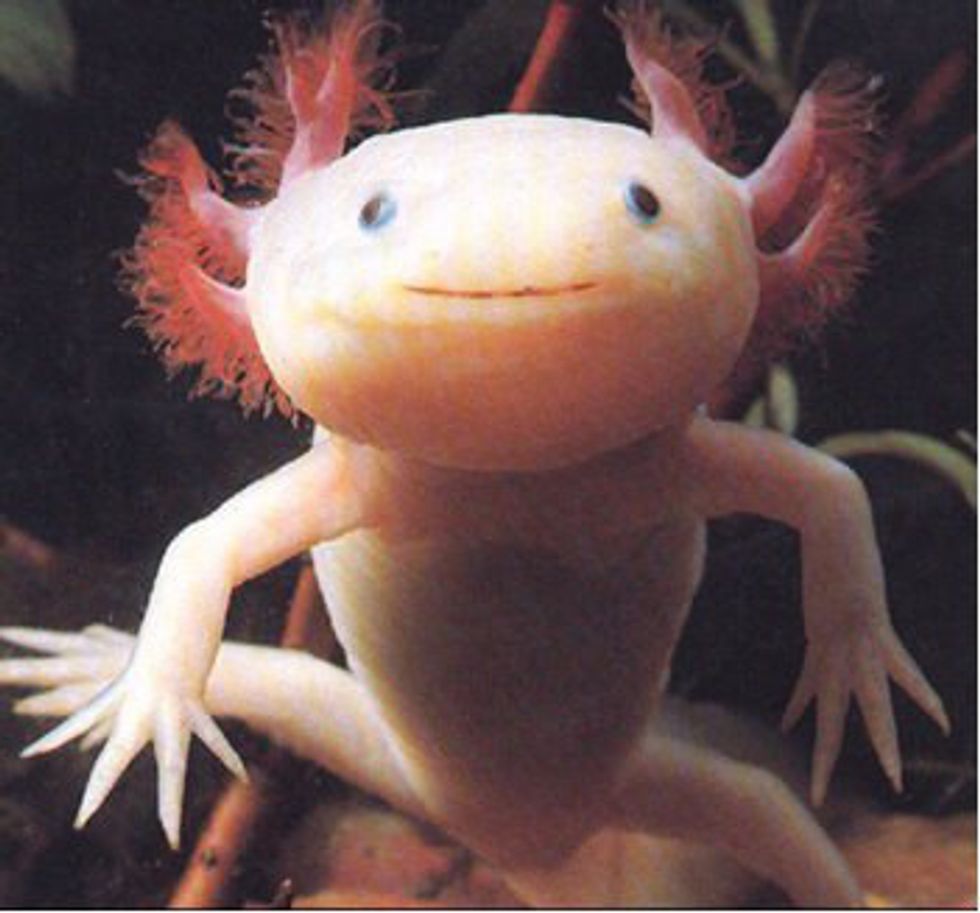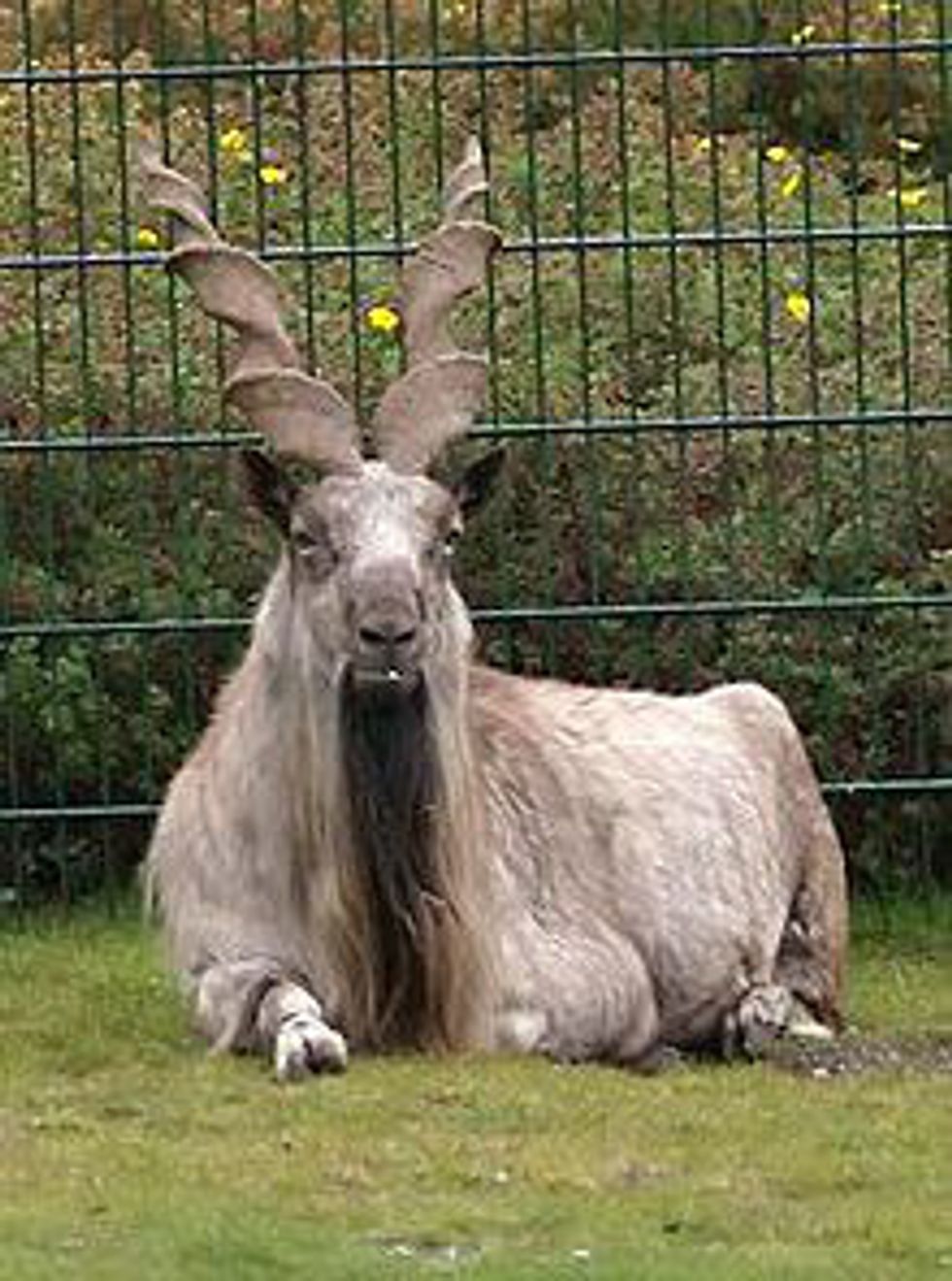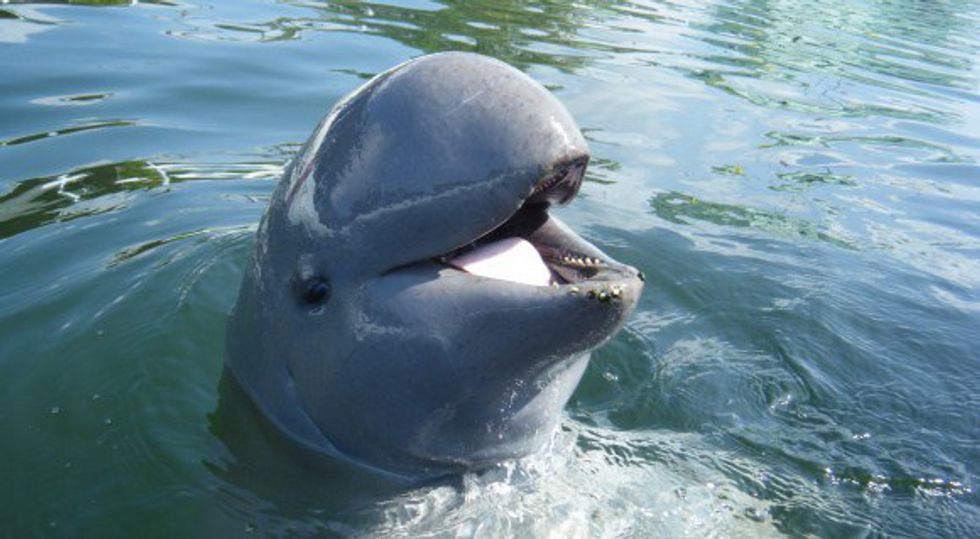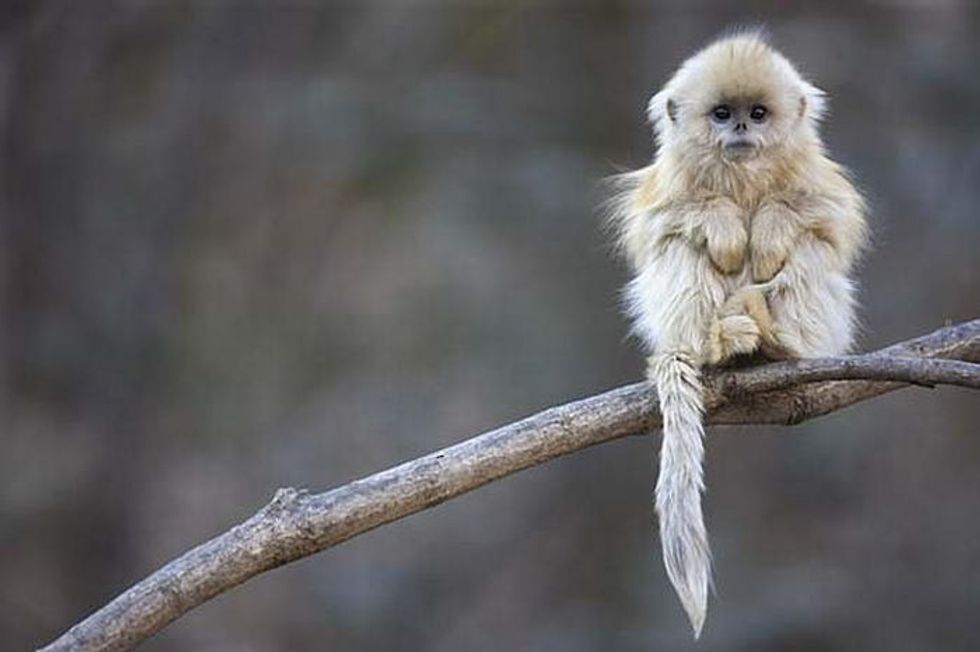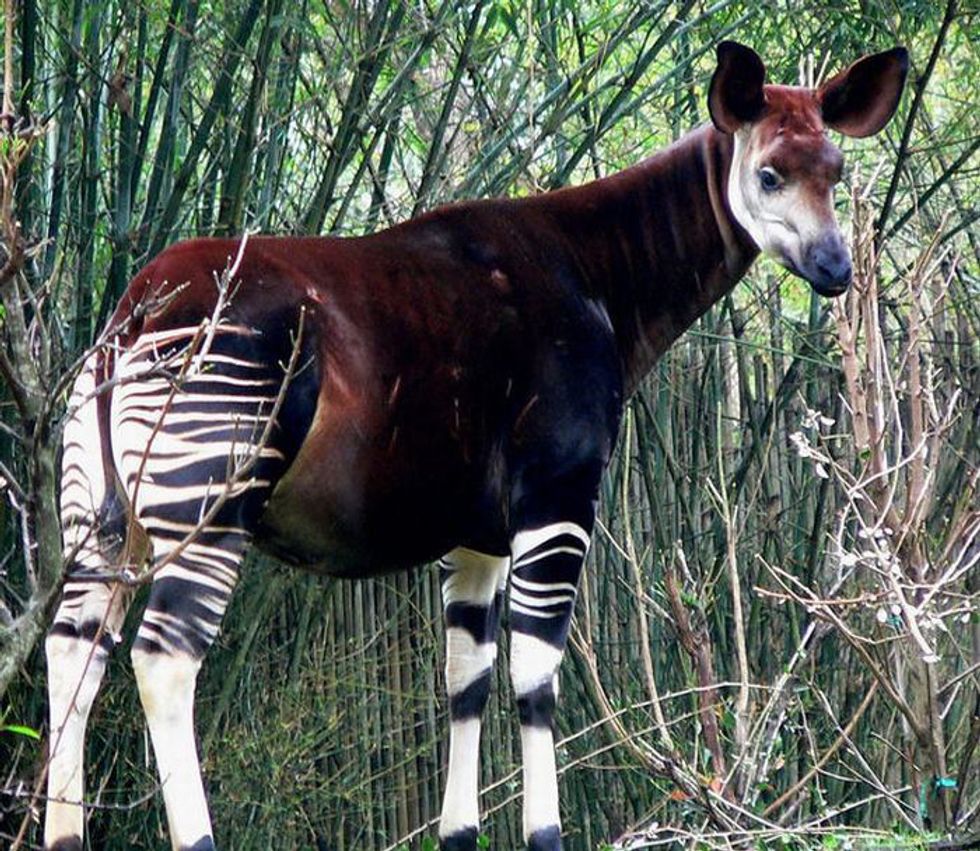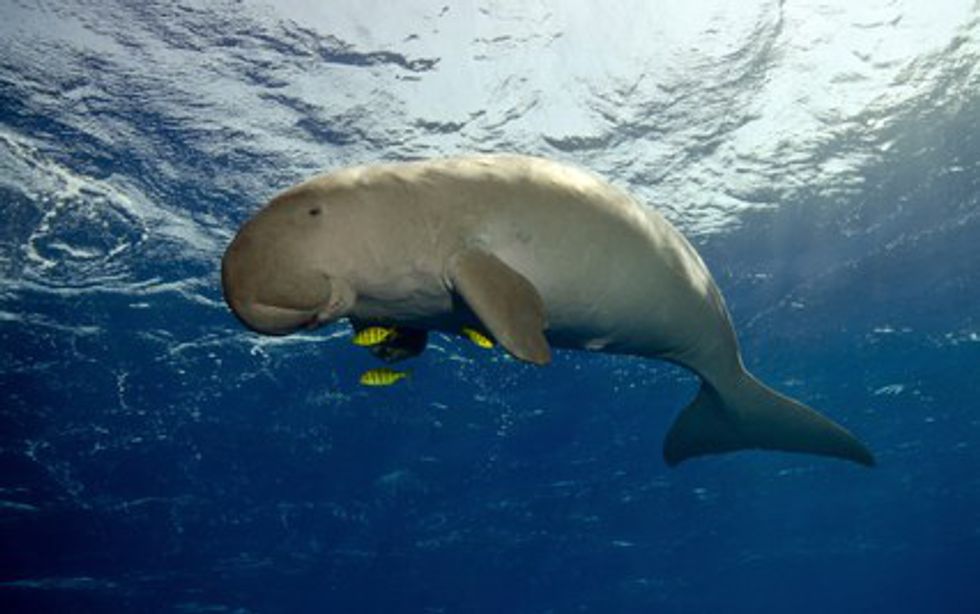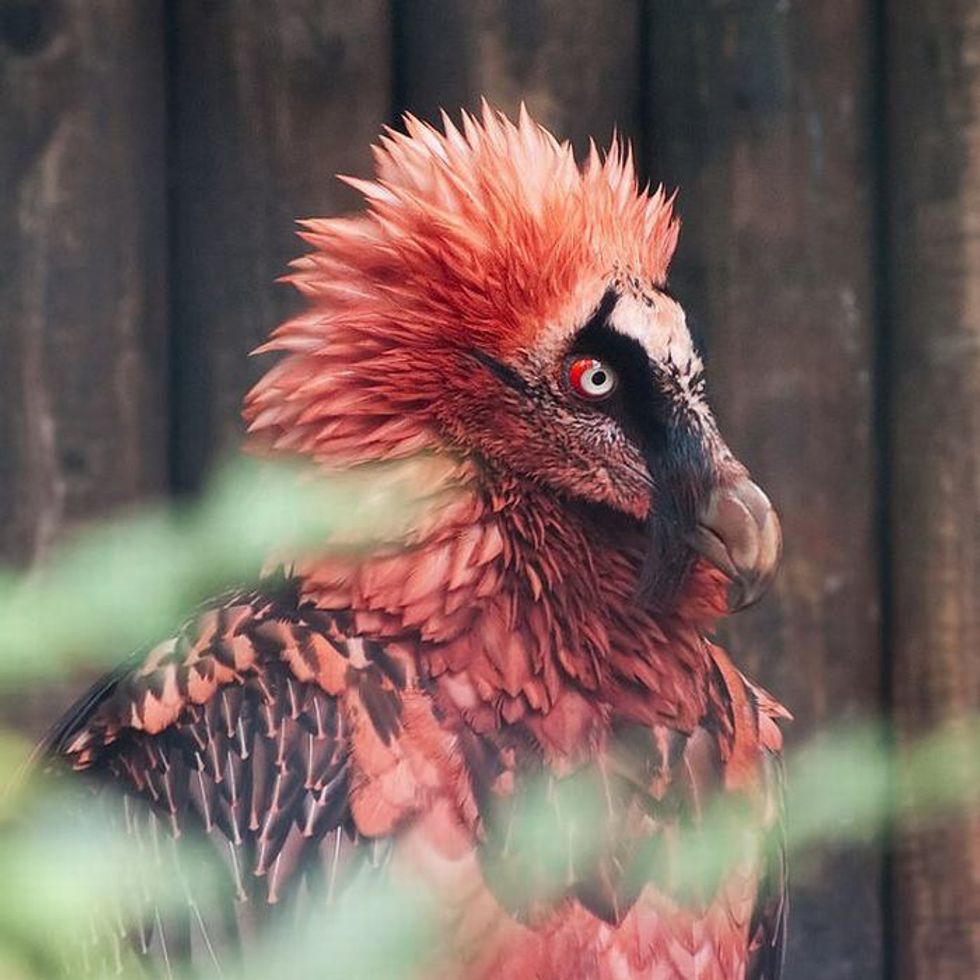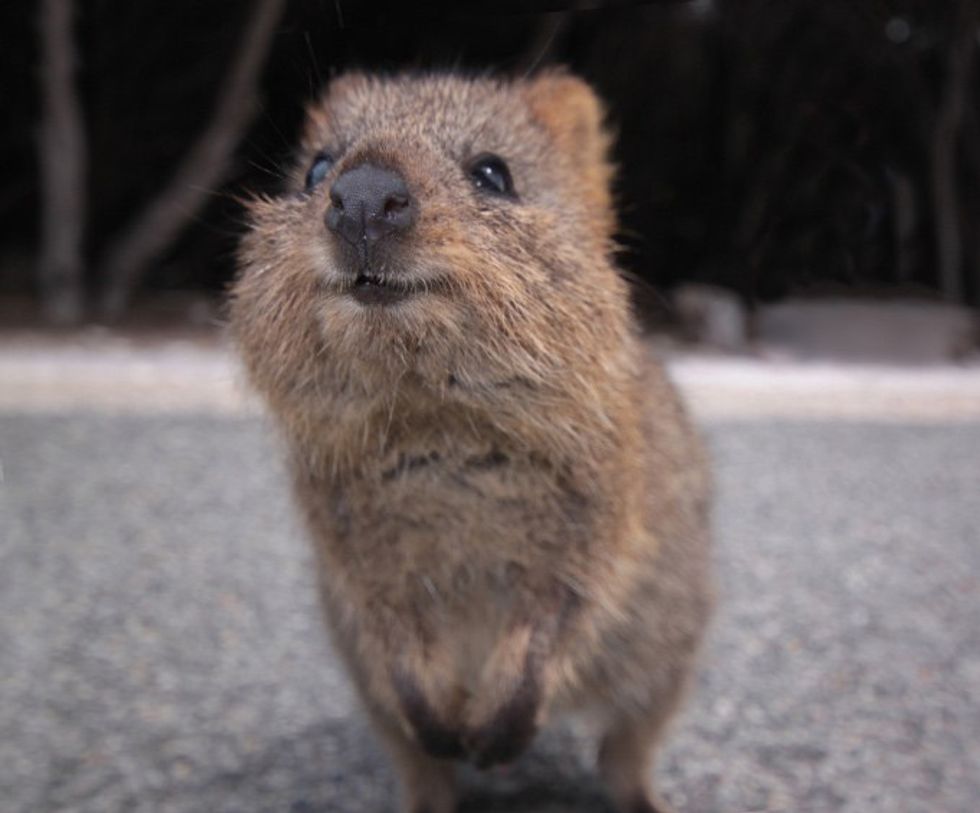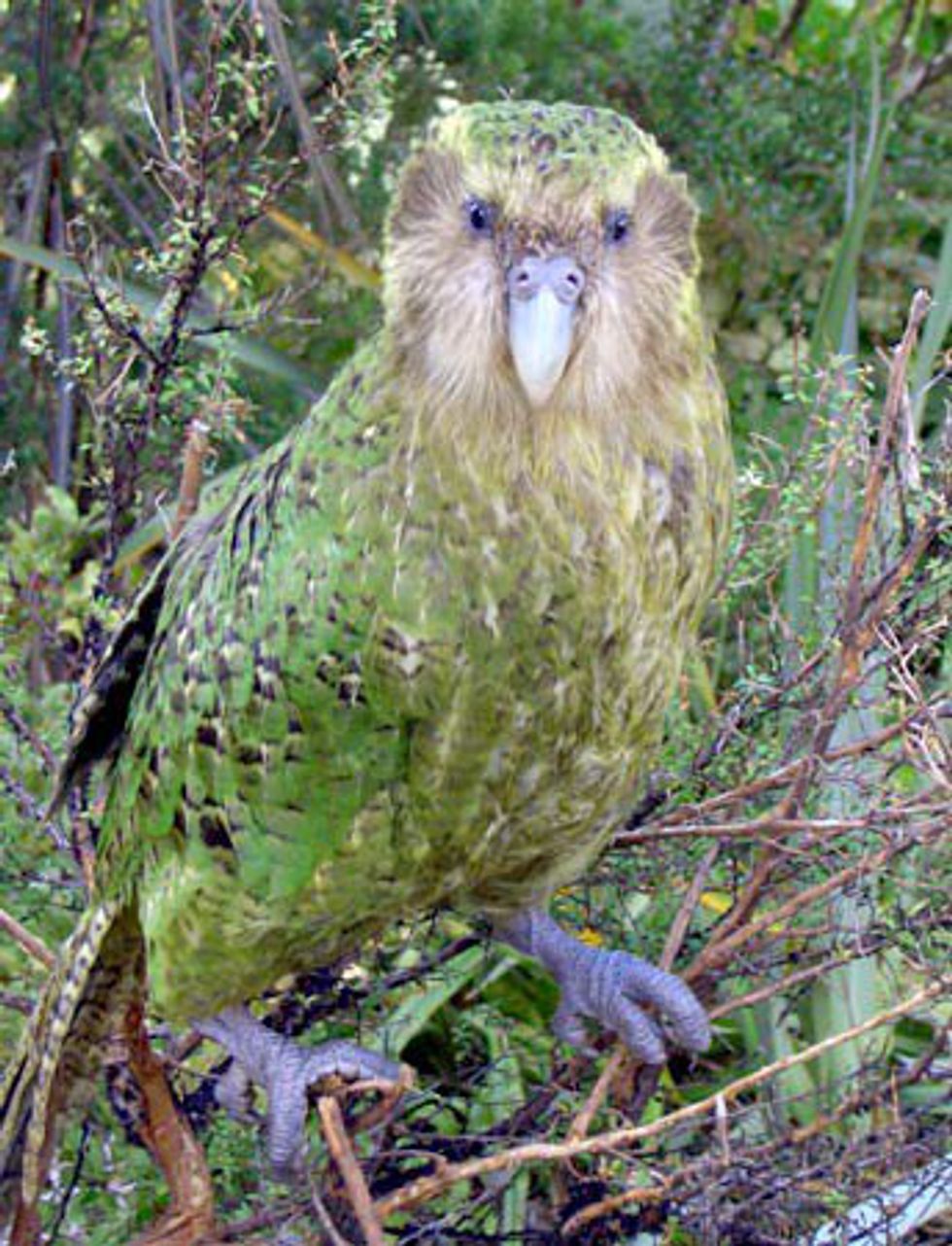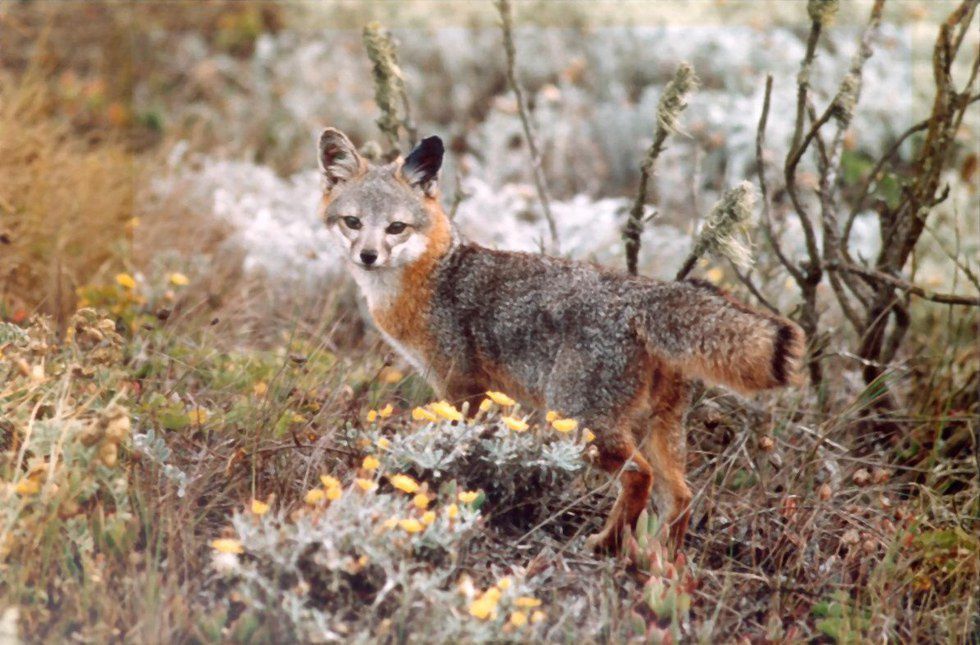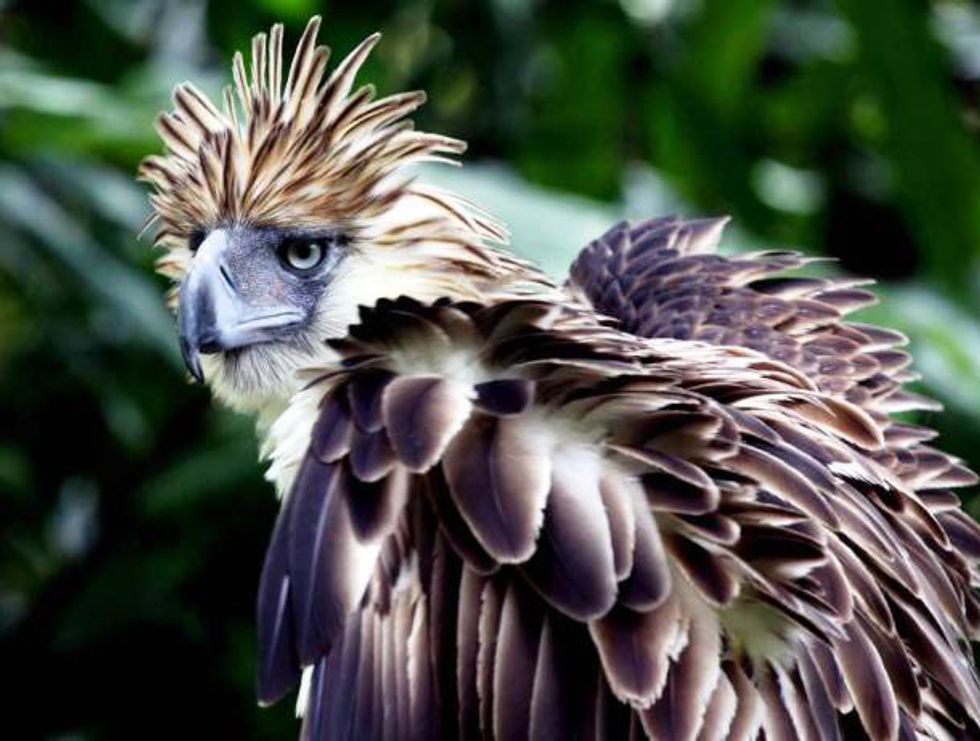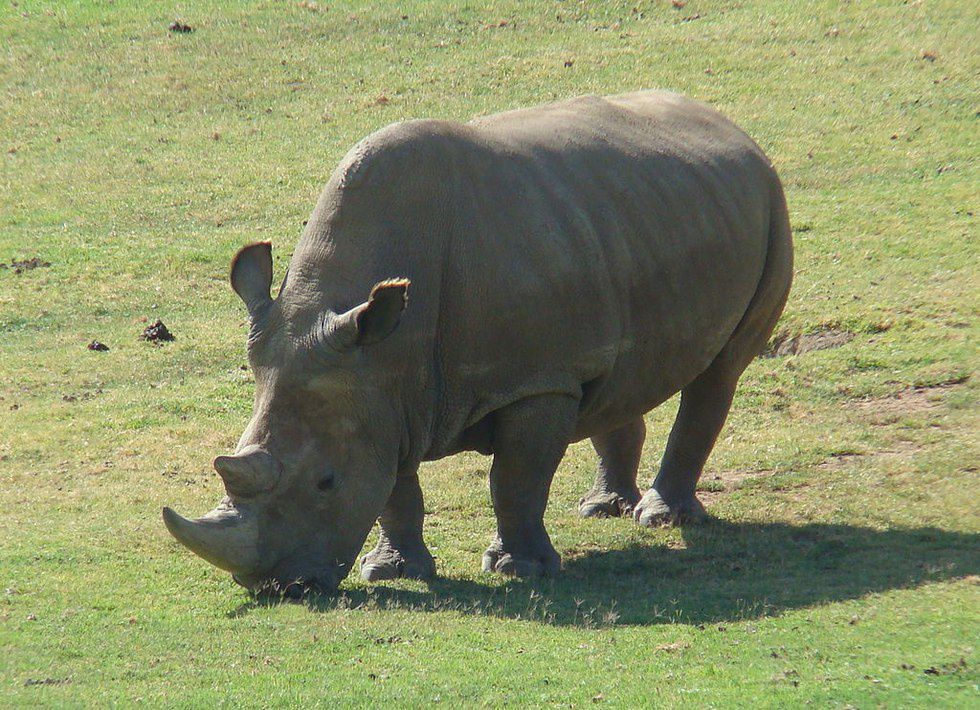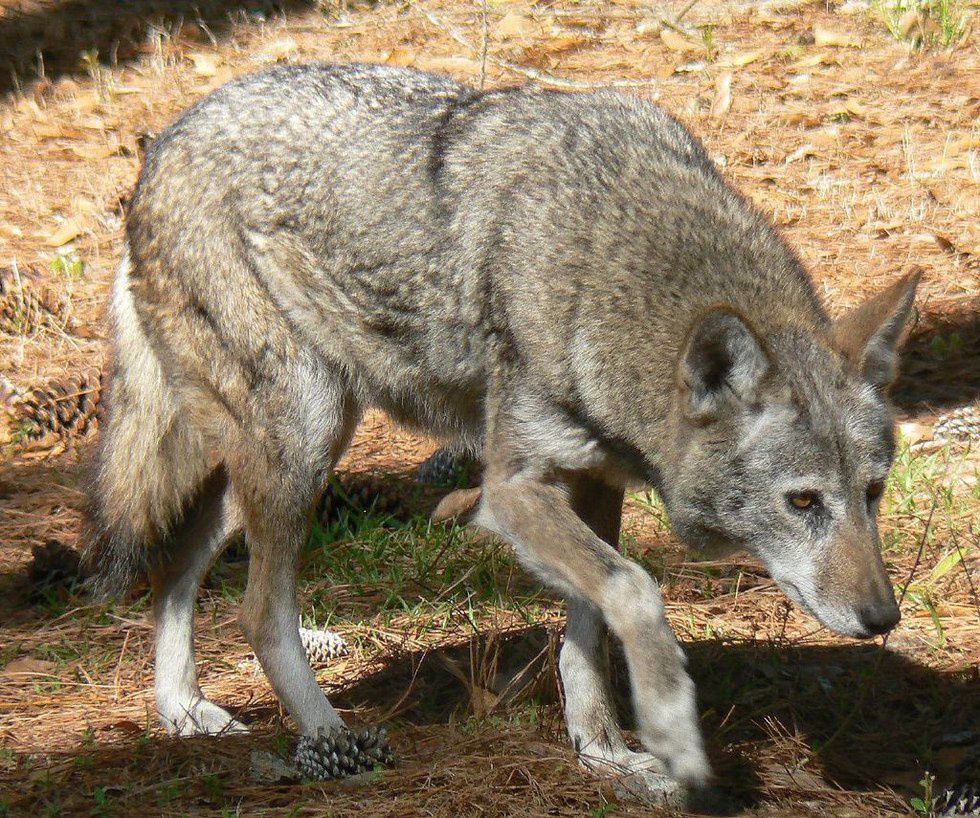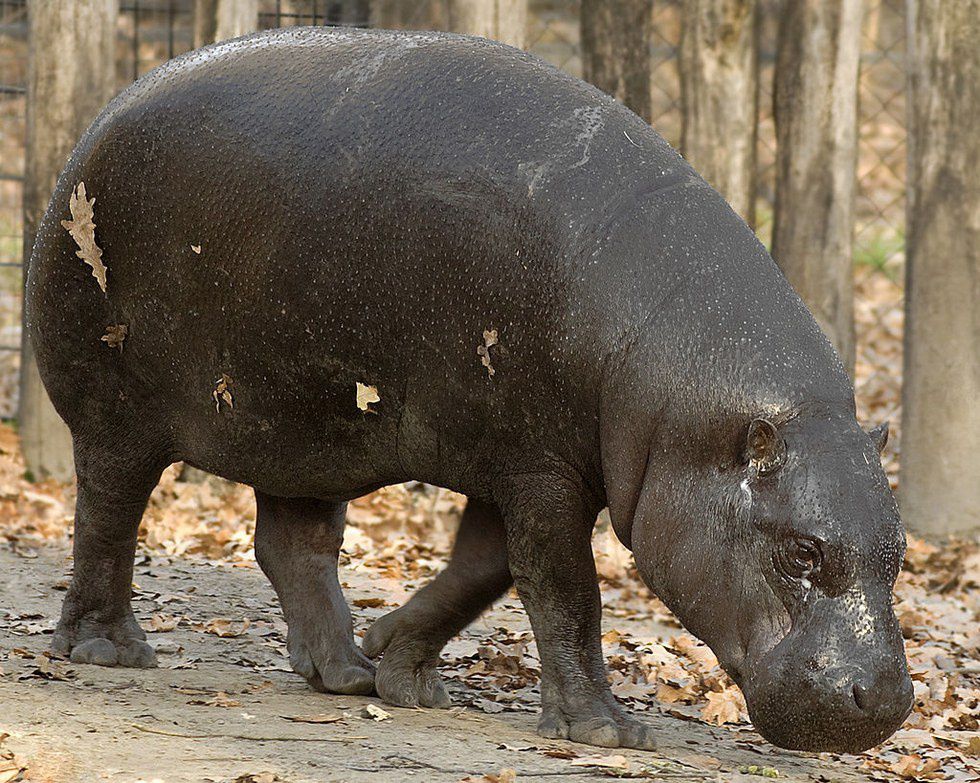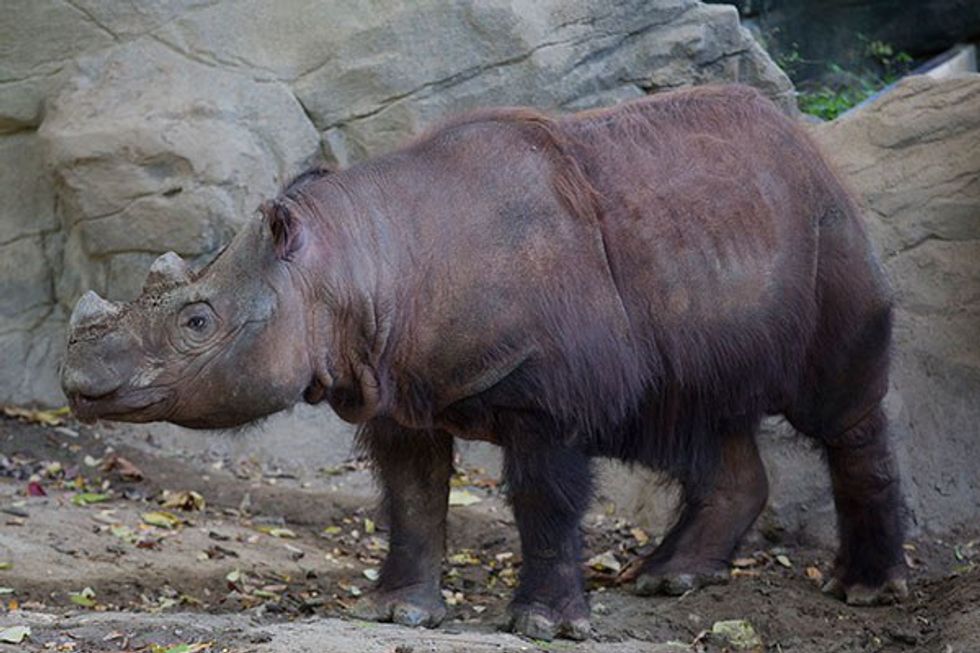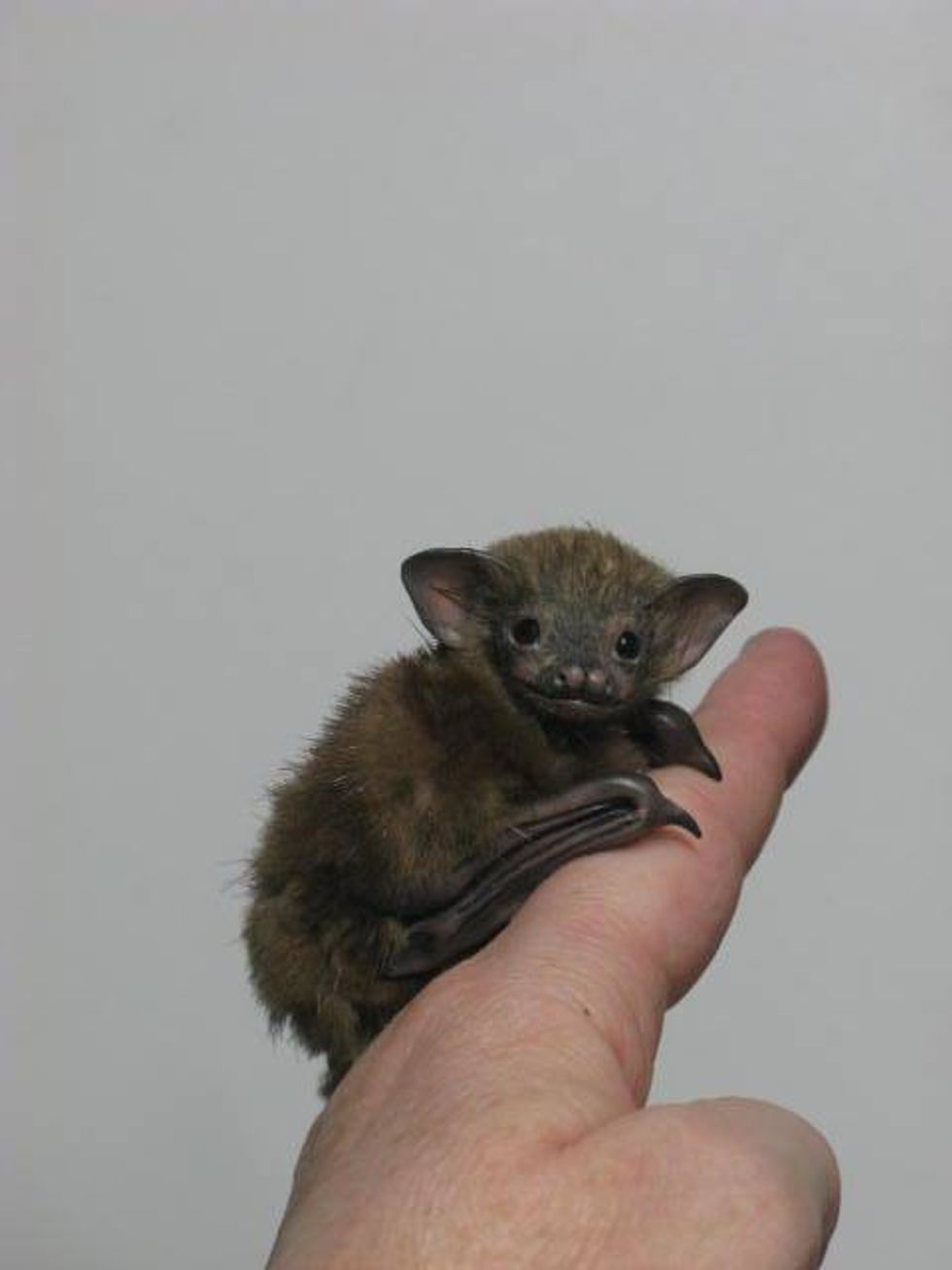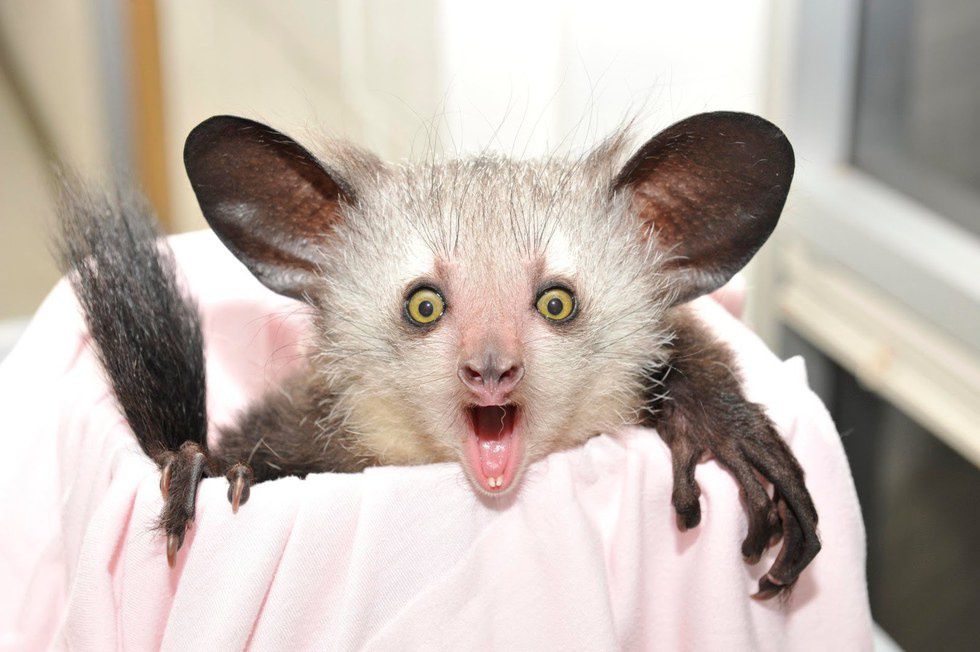According to Endangered Earth.com, there are 16,306 endangered species. While extinction is a natural part of evolution, but major conditions on earth today have caused the collapse of living systems, leading to extinction. In order to raise awareness, here are 20 unique endangered animals.
1. The Gooty Spider
Status: Critically Endangered
Location: Southern India
One of the reasons the Gooty Spider is endangered is because, despite being extremely venomous, is popular with the pet trade. Another reason is habitat loss; trees the spiders live in are used for logging and firewood.
2. Axolotl
Status: Critically endangered
Location: Central Mexico
The axolotl is only native to two lakes in Mexico: Lakes Xochimilco and Chalco. However, in order to prevent periodic flooding, Lake Chalco was drained. Lake Xochimilco is following the same fate. Axolotls are being raised in captivity, such as the ones at the ones at the New England Aquarium in Boston; however, it is possible that they are extinct in the wild.
3. American Burying Beetle
Status: Critically endangered
Location: Rhode Island, Oklahoma, Arkansas, South Dakota, and Nebraska
American Burying Beetles are important to the ecosystem because they recycle decomposing material. Pesticides may be a reason for their decline, but it's believed that the reason is also because the birds and small mammals it feeds on are extinct.
4. Markhor
Status: Endangered
Location: Northeastern Afghanistan, northern and central Pakistan, northern India, southern Tajikistan, southern Uzbekistan, and the Himalayas
Although it's illegal in Afghanistan and Pakistan, the markhor has been traditionally hunted. Humans are their primary predator. Fewer than 2,500 are left in the wild.
5. Gharial
Status: Critically endangered
Location: Northern India
Gharial were over-hunted for their skin, use in indigenous medicine, and their eggs are collected for food. However, their main threats today are fishing (they get caught in the nets and drown) and destruction of habitat.
6. The Irrawaddy Dolphin
Status: Vulnerable
Location: Southern Asia
The Irrawaddy Dolphin's primary threat is over fishing. They can drown in fishnets, and can be killed by explosions used for fishing. Pollution is also an issue.
7. Langur Chato
Status: Critically endangered
Location: Asia
This type of monkey is solitary, and is rarely seen by humans. It lives in the mountainous regions of Asia. Their primary threat is deforestation.
8. Okapi
Status: Endangered
Location: Democratic Republic of the Congo
This weird looking creature is threatened by hunting and logging. There is some good news, however; efforts in sanctuaries designated by the Congolese government have proven successful.
9. The Dugong
Status: Vulnerable
Location: East Coast of Africa
The last living representative of the familydugongidae, the dugong is threatened by coastal developments and industrial activities. They are also hunted for their meat and oil.
10. Bearded Vulture
Status: Threatened
Location: mountainous regions of Asia, Europe, and Africa
Over the last century, the bearded vulture almost became extinct due to fears they posed a threat to farm animals and small children. Thanks to conservation efforts, they are making a comeback. There are still only about 10,000 pairs in the wild, however.
11. Quokka
Status: Vulnerable
Location: Australia
This adorable marsupial is only found in Australia. They are very inquisitive, and have no fear of humans. This, unfortunately, has lead to their declining numbers; they often become food for predators like dingoes, foxes, and even domestic cats and dogs.
12. Kakapo
Status: Critically endangered
Location: New Zealand
The kakapo is the only flightless parrot. Their main threat has been animals introduced to Australia, such as cats and dogs. They are no longer extant on the Australian mainland.
13. The Island Fox
Status: Near threatened
Location: Channel Islands, California
Because it is isolated, introduced parasites and diseases can have a significant impact on the Island Fox. Their main cause of death, however, is predation by golden eagles.
14. Philippine Eagle
Status: Critically endangered
Location: The Philippines
Despite being the national bird of the Philippines, there are only 500 individuals left in the wild, due to deforestation and illegal logging,. Other major threats include poaching, pesticides, mining, and pollution.
15. The Northern White Rhino
Status: Critically endangered
Location: East and Central Africa
As of 2015, there are only three individuals left, none of which are capable of breeding. They are most likely extinct in the wild.
16. The Red Wolf
Status: Critically endangered
Location: southeastern USA
Genetically a cross between gray wolves and coyotes, they were pronounced extinct in the wild in the 1980's in order to promote restoration efforts. While some efforts have been successful, they are still endangered.
17. Pygmy hippopotamus
Status: Endangered
Location: Western Africa
Pygmy hippos are about 1/10 the size of their cousins. They are threatened by massive habitat loss, and conversations are having difficulty saving them, due to their shyness.
18. Sumatran Rhinos
Status: Critically endangered
Location: Asia
The Sumatran Rhino is the smallest species of rhino, and is the only species of Asian rhino to have two horns. They are threatened by poaching and loss of habitat. Fewer than 250 are left.
19. Bumblebee bat
Status: Vulnerable
Location: Western Thailand and southeast Burma
Also known as the Kitti's hog-nosed bat, the bumblebee bat is the last member of the family Craseonycteridae, and is the smallest mammal. The main threat is the annual burning of Thai forests, which happens during their breeding season.
20. Aye-Aye
Status: Endangered
Location: Madagascar
Aye-ayes are the only primates to rely on echolocation for hunting. Believed to be an omen of bad luck or a demon, they are often killed immediately on sight by superstitious locals.





